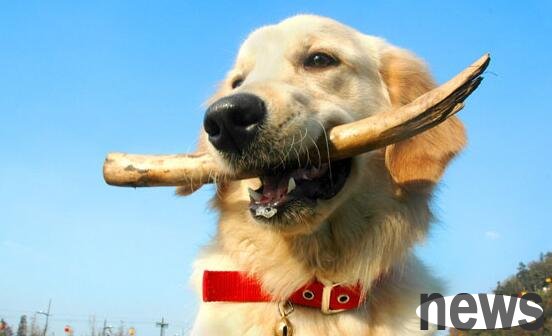At what age does the dog become stable? Read this article to learn about it
As dogs transition from active and active juvenile to mature and stable adulthood, their behavior and emotions will change significantly. Not only is the owner curious about this, but it is also the information that many potential dog owners want to know. The stability of dog behavior is multifaceted and is affected by many factors such as dog breed, individual personality, training, and environment.

1. Dogs usually act extremely active and curious in their childhood, almost in the first two years after birth. They are full of interest in external stimuli, and sometimes they cause some trouble to their masters because they cannot control their impulsive behavior. During this period, they were particularly energetic and needed enough exercise and activity to consume. The training and socialization of puppies is very critical, and they need to learn how to adapt to human social rules and how to live in harmony with other animals.
2. Adolescence
Adolescence is another important stage of dog growth. This stage lasts from about six months of age to about two years old, depending on different breeds. At this stage, dogs may exhibit more stubborn and authoritative behaviors as they are trying to explore and establish their own status. Training and consistency are critical during this period, as adolescent dogs are establishing long-term behavior patterns.
3. Adult
Usually, dogs enter adulthood around the age of two to three, and some large dogs may be later. At this stage, dog behavior will become more stable and predictable. Their energy levels will be reduced, they will be able to better control their impulses, and have a deeper understanding and compliance with their master's instructions. At the same time, adult dogs may also begin to show more protection and territorial awareness.
2. Factors that affect behavioral stability
1. Breed characteristics
Different dog breeds have their own unique behavioral tendencies and energy levels. For example, working dog breeds such as German Shepherds and Border Collies may require more time and training to stabilize their behavior because they are inherently driven and have a stronger desire to work. In contrast, some companion dog breeds such as French Bulldogs and Chihuahuas may exhibit mature and stable behavioral characteristics earlier.
2. Individual differences
Each dog has different personalities and experiences, which will also affect the speed of their behavior maturity. Some dogs may be naturally easier to train and adapt, while others may require more time and patience to guide.
3. Training and socialization
Good training and timely socialization are crucial to the stable development of dog behavior. Dogs that are not properly trained may exhibit childish behavior throughout their lives, and early exposure to diverse environments and situations can help dogs develop into more stable adult dogs.
4. Environment and lifestyle
Stable family environment and consistent daily arrangements can help dogs develop stable behavioral habits. On the contrary, a chaotic or frequent change in living environment may cause dogs to feel anxious or nervous, affecting the stability of their behavior.
III. Strategies to promote dog behavior stability
1. Training and positive reinforcement
Consistent training and using positive reinforcement methods can help dogs better understand desired behaviors while reducing the formation of bad habits. Spending time training with dogs and rewarding their good behavior is the key to building good behavior habits.
2. Stay active and stimulating
Even if you enter adulthood, the dog still needs appropriate amount of exercise and mental stimulation. Through regular walks, play and training, they can help keep their physical and mental health and reduce problematic behaviors caused by boredom or excess energy.
3. Creating a stable environment
A stable and safe family environment is the basis for the smooth behavior of dogs. Keeping daily life in an orderly manner, such as regular feeding time and dog walking time, can make the dog feel at ease and form stable living habits.
4. Socialization and adaptation training
Dogs need to learn how to deal with new situations and environments. Through continuous social training and guiding them to adapt to different environments, dogs can be more confident and calm.

Dog growth is indeed a complex process. Their behavioral stability is not a simple age problem, but a result of the combined action of many factors. Generally speaking, most dogs reach maturity in behavior between the ages of two and three, but this is not absolute. Each dog is an individual and requires the patience, understanding and proper guidance of the owner. To help them grow into adult dogs with stable behavior, owners need to invest time in proper training, socialization and care to maximize the potential of this furry member in the family.














